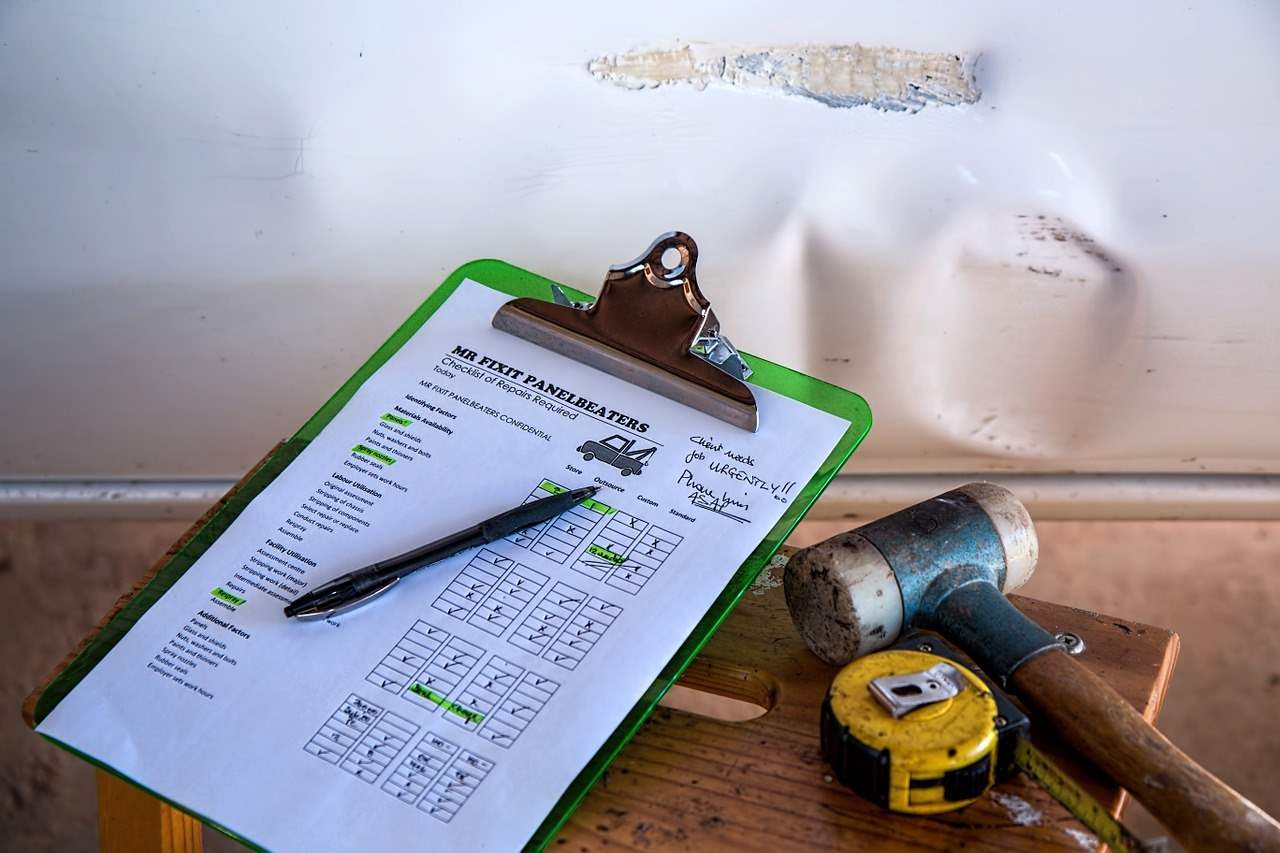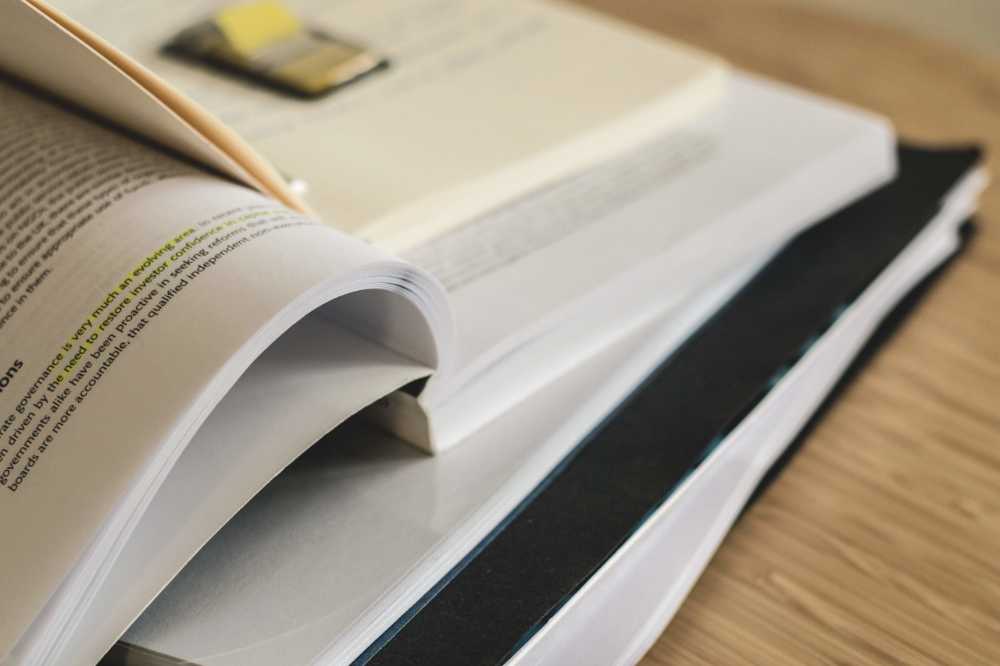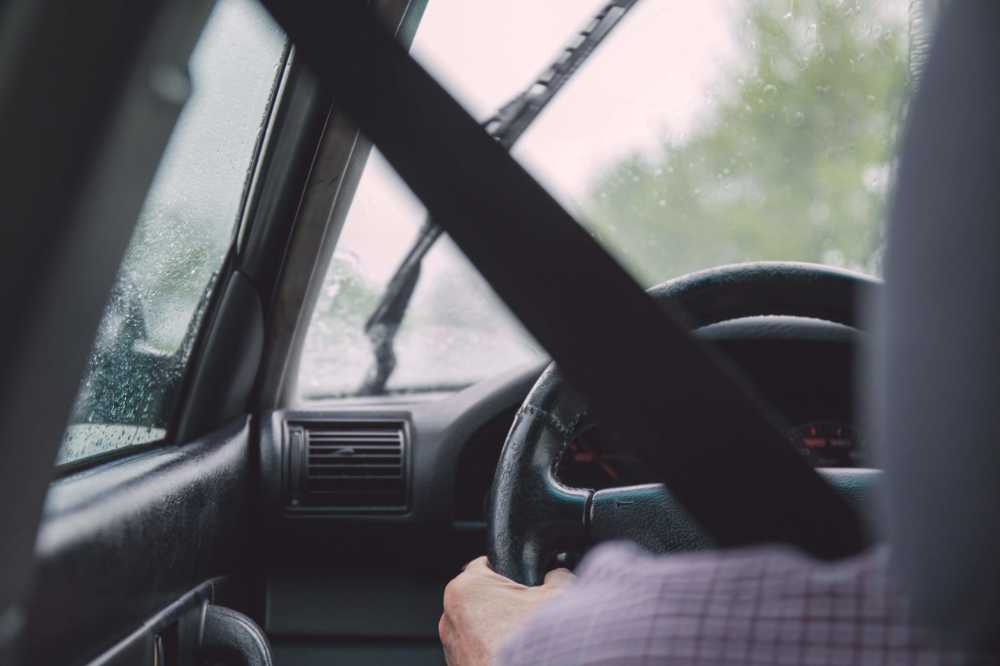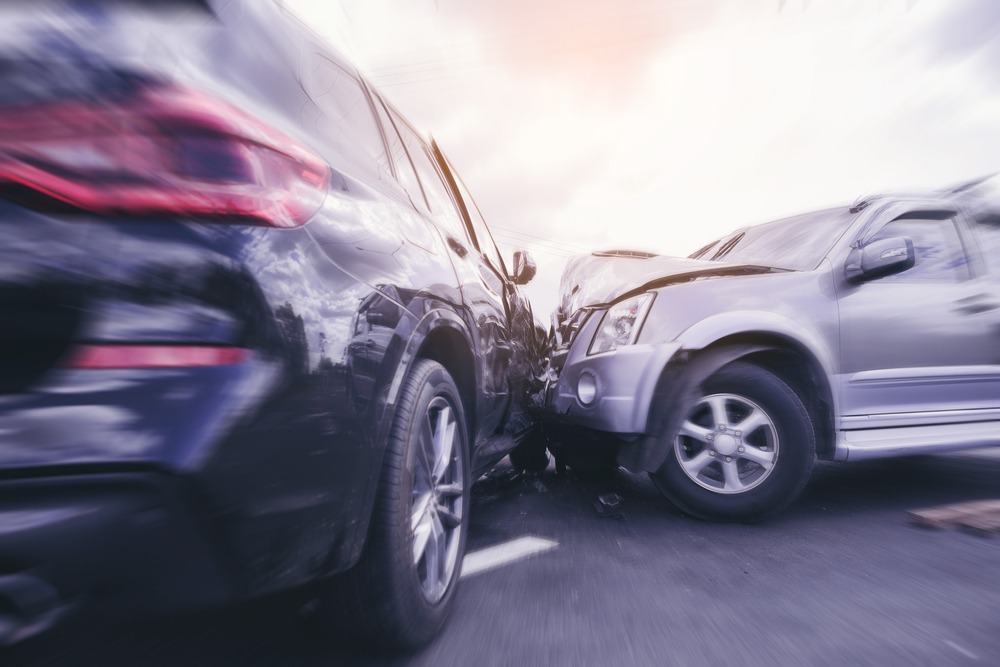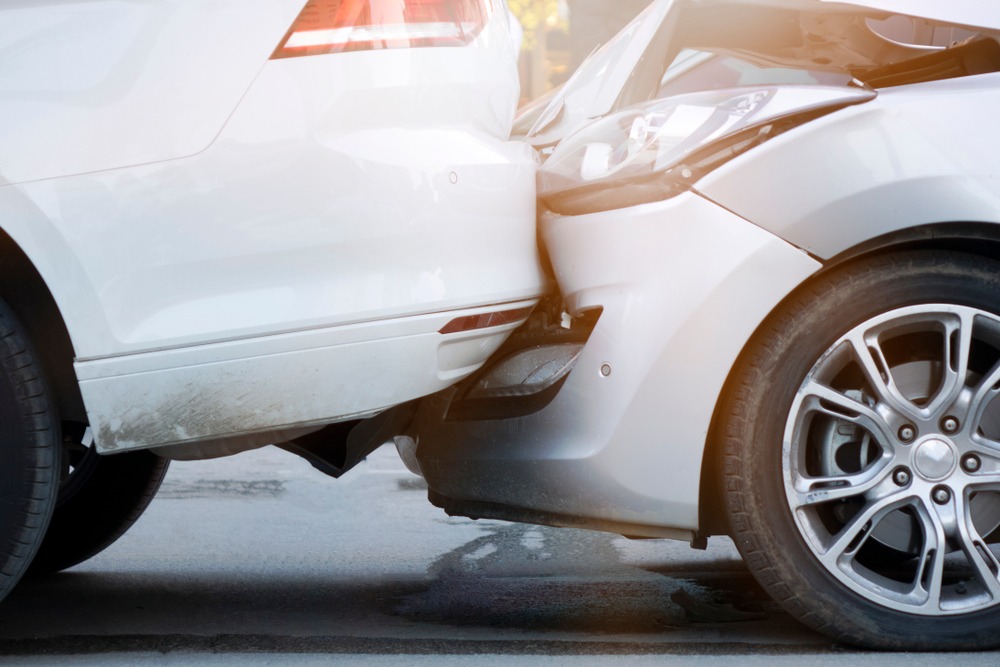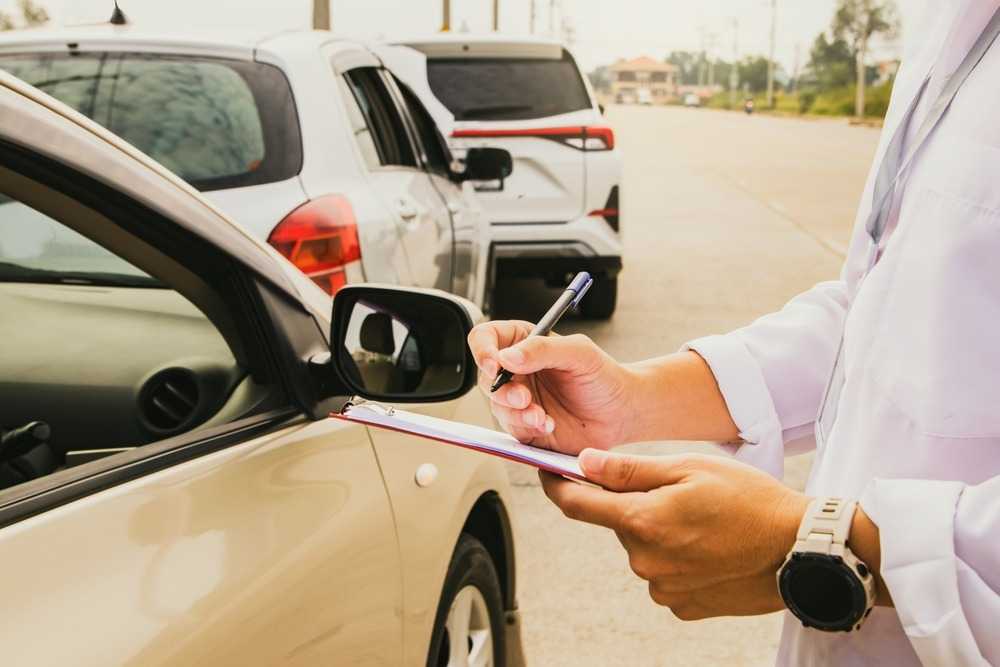While Tesla certainly has innovated the motor vehicle, offering fully electric vehicles that are stylish and perform well, they are not without problems. One of the first problems is that the “Autopilot” system, sometimes marketed as fully self-driving, is not. The company is facing numerous lawsuits and NHTSA scrutiny over the system, which may have played a part in several serious and some fatal accidents over the past couple of years. While Tesla says it advises drivers to remain in control of the vehicle at all times, some drivers allow the Autopilot system full control, taking their hands off the wheel. Another issue comes in the fact that the lithium-ion batteries may pose a fire hazard, with several vehicles catching fire.
Bloomberg reports that a teenaged Tesla driver’s fatal accident may be partially attributed to the 100+ m.p.h. speed in which he was traveling.
An 18-year-old man had been driving a Tesla Model S in 2018. While trying to take a curve, he lost control of the vehicle. An NHTSA report showed that the driver was going as fast as 118 m.p.h. on a street where the speed limit is 25 m.p.h.
After the crash, the car’s battery caught fire, which soon engulfed the vehicle. Both the driver and the passenger were killed in the blaze. A rear-seat passenger who was not buckled in was ejected from the car and escaped the flames.
The driver had been previously cited for speeding.
This crash and others are under investigation by the NHTSA into whether or not the highly flammable lithium-ion batteries played a part in the vehicle fires.
In the case of the above crash, firefighters arrived on the scene about four minutes after receiving the call. They attacked the blaze with 200 to 300 gallons of water and foam. Despite their efforts, the battery reignited twice.
Lithium-ion batteries have their own oxygen supply and are extremely flammable.



